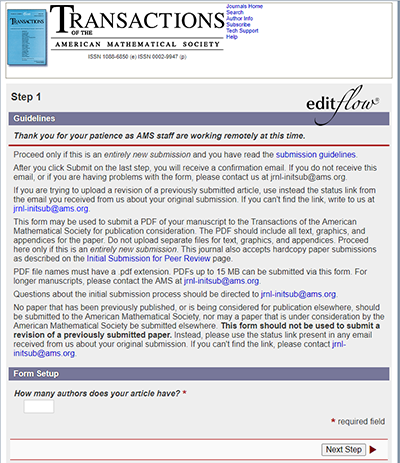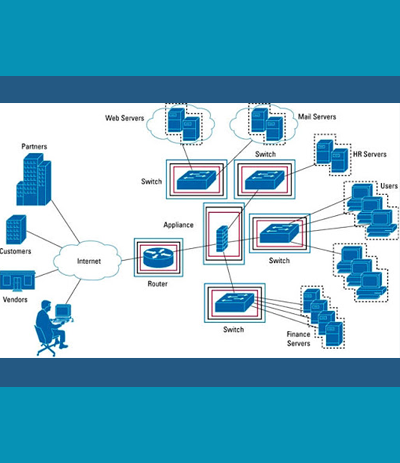Layer 7
Application Layer

The Standard
Abstract from the Standard- Section 7.2.2.3: The Presentation Layer ensures that the information content of the Application Layer data is preserved during transfer. Cooperating application-entities are responsible for determining the set of abstract syntaxes they employ in their communication. The Presentation Layer is informed of the abstract syntaxes that are to be employed. Knowing the set of abstract syntaxes to be used by the application-entities, the Presentation Layer is responsible for selecting mutually acceptable transfer syntaxes.
As I Understand It
The application layer is the top layer of the OSI model. It provides a set of interfaces for applications to obtain access to networked services as well as access to network services that support applications directly. This layer also provides application access security checking and information validation.
Feehan's Opus
In our case, Paul sits down at his desktop machine, fires up his browser and heads over to the early-2000s-like website for EditFlow – the AMS Manuscript Submission application.
At this point, he’s already touched several layers of the OSI stack, but we’ll just concentrate on this layer for now. At layer seven, and through his browser, Paul has access to file transfers, email, reading, writing, and deleting of files and management of remote file storage. This is where he’ll begin today’s work.





